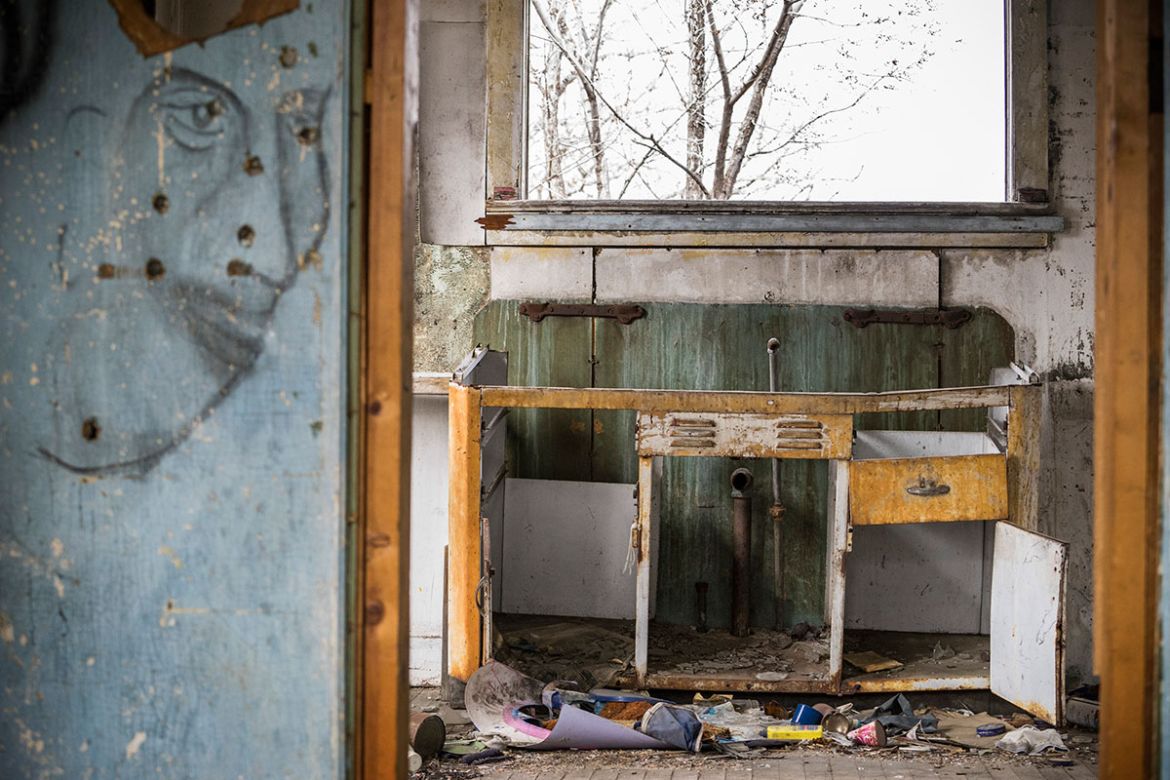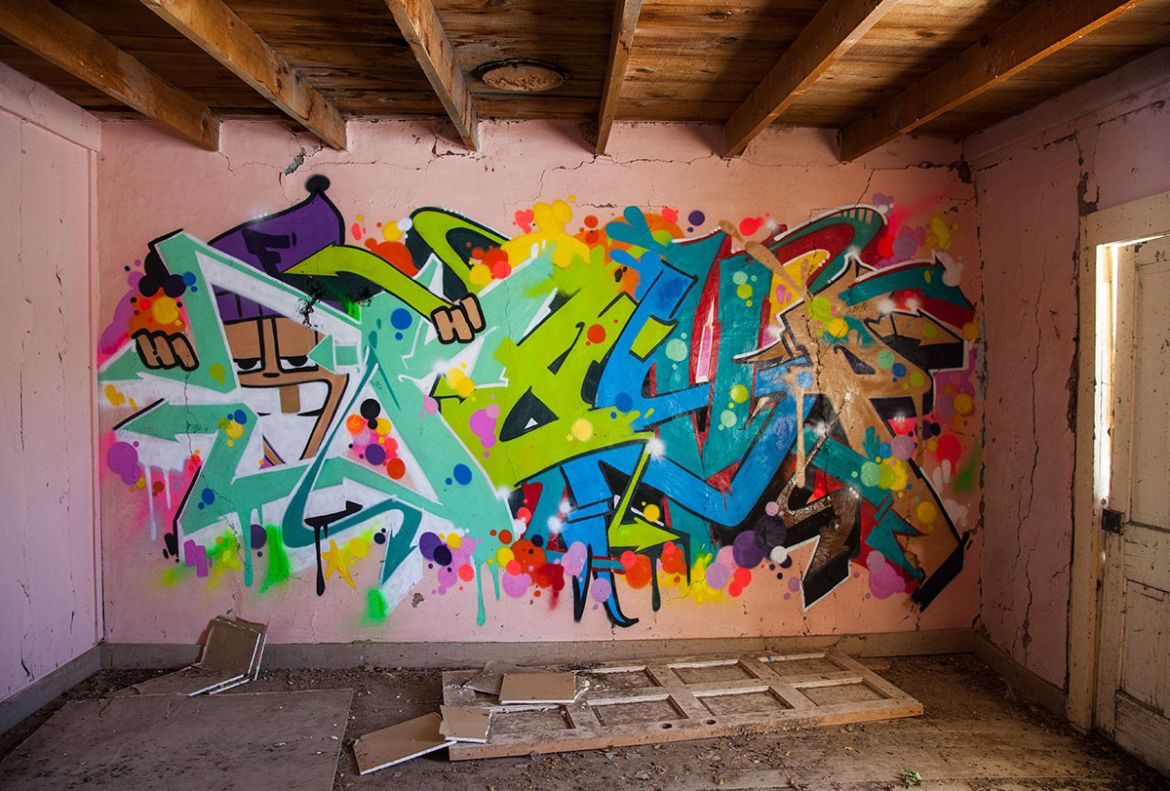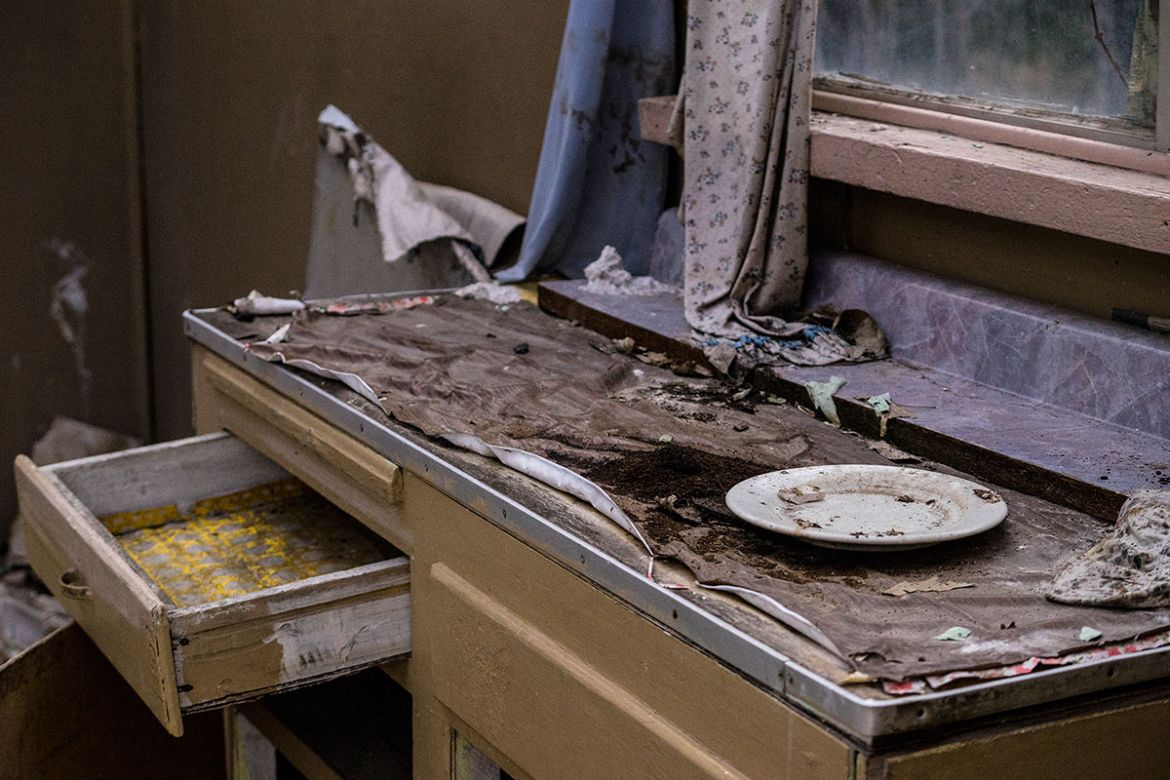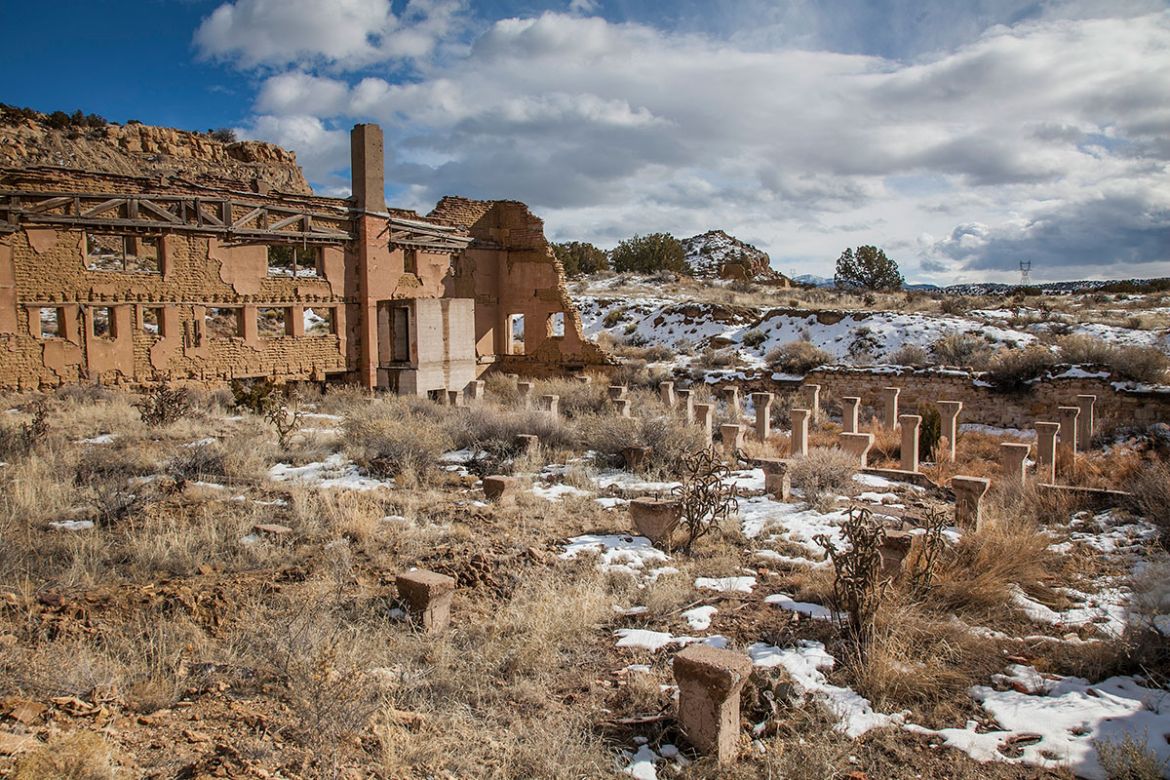In Pictures
The ghosts of New Mexico’s abandoned mining towns
Former 19th century boom towns now lie in ruins – monuments to a rich history and the people who shaped it.

New Mexico, US – During the mining boom of the 19th century in New Mexico, thousands migrated to remote parts of the state, establishing towns to exploit the region’s rich mineral wealth.
By the late 1800s and early 1900s communities such as Kelly, Dawson, Madrid, Pinos Altos, Golden and Hanover/Fierro proliferated throughout the state, providing the silver, gold, lead, coal and zinc that helped to fuel the industrial western expansion taking place in America. These boom towns, composed of a diverse mix of foreigners, would fundamentally change the demographic character of the state, arising from the dust and often abandoned in equal haste.
RELATED FEATURE: The gold mining ghost towns of the US
In the former mining towns of Hagan, Kelly and Dawson next to nothing remains. In Kelly, a mining head frame stands surrounded by flattened earth; there are remains of the once numerous houses located at the base of the Magdalena mountain.
In Hagan, only skeletons of a large coal mining town remain, its adobe and concrete structures mirroring the orange and white of the New Mexico landscape. In Dawson, a lonely graveyard commemorates the hundreds of now deceased coal miners who travelled from Greece, Italy, Mexico and China to the remote high plains of northern New Mexico.
In places such as Hanover, Fierro and Golden, a different pattern of decline prevails. Melting couches, tattered curtains, ornate peeling wallpaper, all indicate different periods of abandonment and decay.
Some former ghost towns have been repopulated. Mining villages such as Madrid and Pinos Altos have found a second life, repopulated by artists and professionals attracted to these unusual spaces.
Today, throughout the state, these often haunting and intimate ruins stand as monuments to the patterns of migration and abandonment in rural New Mexico, a glimpse into a rich history and the people who helped to shape the region.













